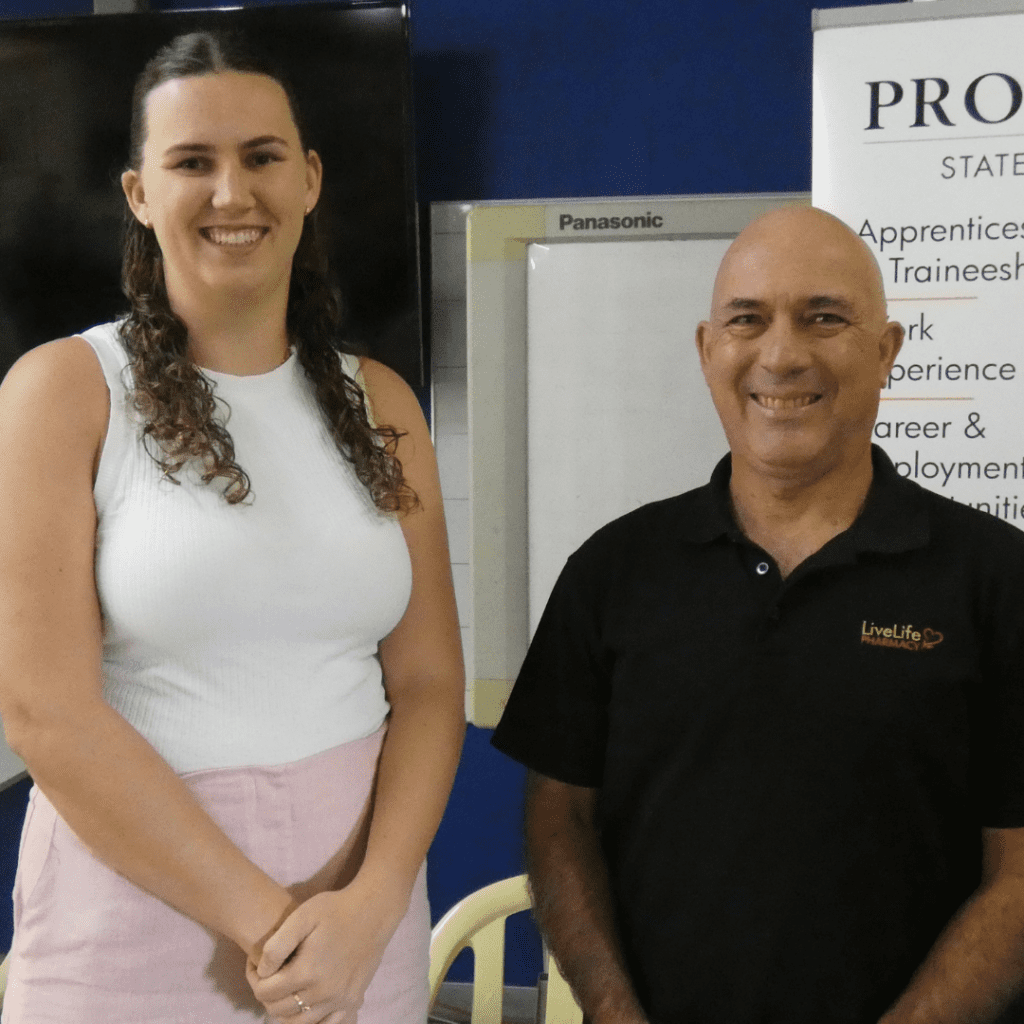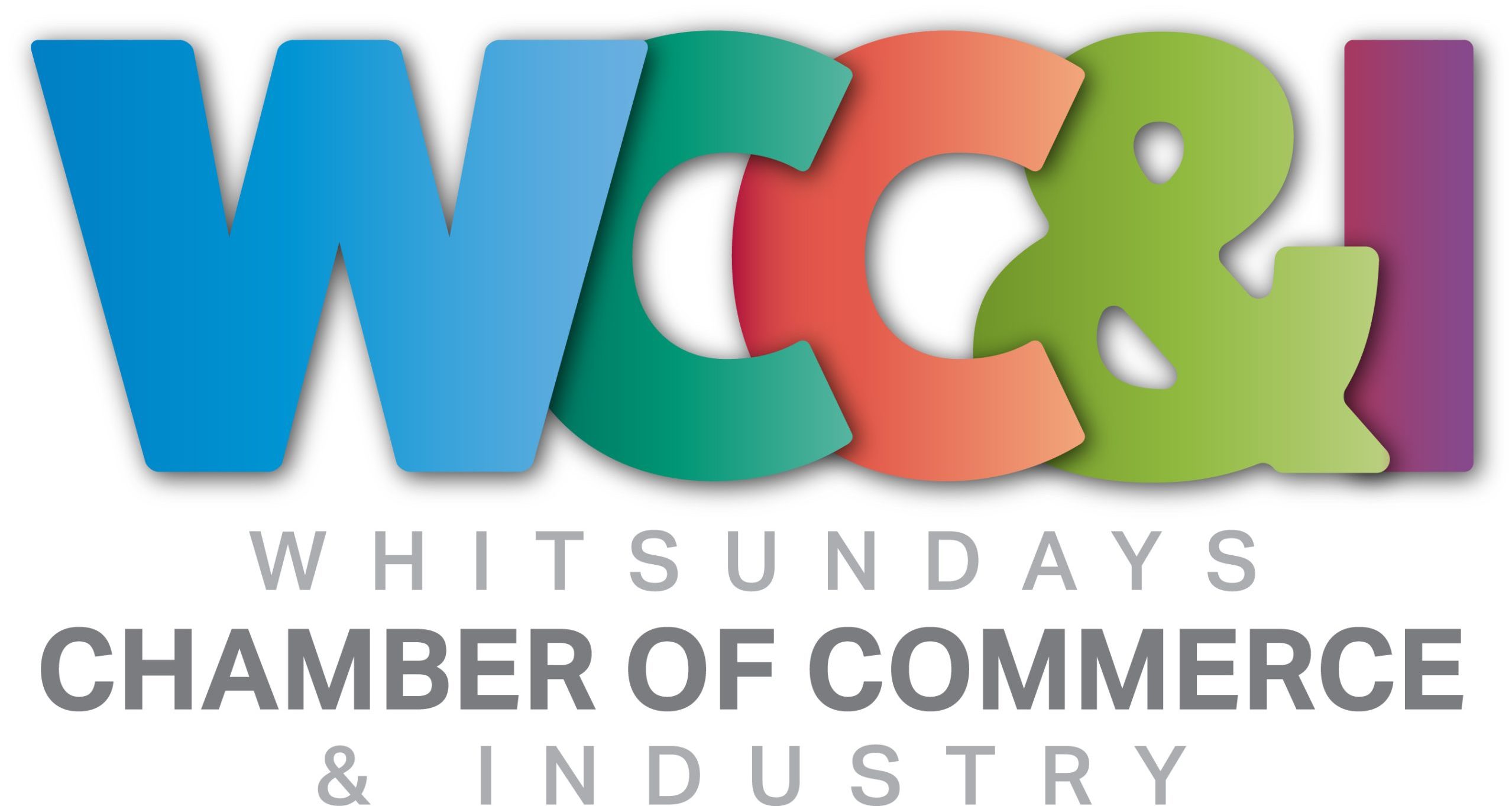Last week, the Whitsundays Chamber of Commerce and Industry brought together business owners, students, and educators to talk about what matters most to the next generation of workers—and what it means to work for a local business in today’s world.
The event focused on the future of our regional workforce, exploring challenges around attracting and keeping great people, and what we can do as a business community to create clear, positive pathways for young locals from school, through training, and into long-term careers in the Whitsundays.
“Our Chamber is here to have the conversations that matter,” said Chamber President Allan Milostic. “We’re not afraid to ask the tough questions or think differently—and today was about doing just that. Thanks to everyone who showed up and shared their views.”


More than 30 local business leaders attended the event, which featured a keynote from Georgia Lavers of the Greater Whitsunday Regional Jobs Committee (see below for full transcript). Georgia shared real-life insights and tips on building supportive, engaging workplaces—and how businesses can adapt to stay competitive in a changing labour market.
A lively panel followed, with five young locals sharing their stories and ideas: Proserpine State High School students Mia Vloedmans (studying Allied Health with PhysioPlus) and Luke Stefani (IT traineeship with Managed Computer Solutions), along with former students Will Muller, Ryan Muller, and Beau Sales, now apprentices with Wilmar Sugar and Renewables and Filby’s Motors.
Some of the top takeaways:
- They want to stay local – and build their lives and careers right here.
- They value purpose – working for businesses that share their values matters.
- They’re keen to grow – with mentoring, upskilling, and clear career paths.
- They want honest communication – regular feedback and open leadership go a long way.
A big thank you to Wilmar, Filby’s Motors, Proserpine State High School, Little Vintage Café, and McMoon Coffee Van for helping make the event such a success.
You can read the full transcript of Georgia’s presentation below.
Georgia Lavers, Greater Whitsundays Regional Jobs Committee
PRESENTATION TRANSCRIPT
Good morning everyone,
I have been asked this morning to talk to you about the next generation of employees – who are they, what do they want and what can you do to meet their expectations? Before I get into that, a bit of context about me and why I have been asked to talk about this topic.
Usually, at this point in a presentation, you’d hear the speaker’s job title and the organisation they work for – and don’t worry, I’ll get to that. But for this conversation, I think there’s something more relevant to start with: age. So, here’s how I’ll introduce myself.
When I was born:
- The movie Gladiator won Best Picture at the Oscars,
- Australia introduced the GST,
- *NSYNC released their hit song Bye Bye Bye, and
- Cathy Freeman won gold at the Sydney Olympics.
If that didn’t give it away, I was born in the year 2000. I’m 24, turning 25 this year – which makes me part of Generation Z. We’re the second-youngest generation in the workforce. Gen Alpha are younger again, but with the oldest of them only around 15, the majority of young people in today’s workplaces are Gen Z.
Now, the traditional part of my intro – I work at GW3 where I lead our workforce development portfolio of work as well as all things biomanufacturing. As a part of our workforce portfolio, GW3 hosts the Greater Whitsunday Regional Jobs Committee or RJC. Our RJC has representatives from a range of industries including construction, aquaculture, health and education so it provides us with great touchpoints direct into industry to hear what’s happening on the ground.
So, now we have two reasons I was asked to speak today:
- I am a young person in the workforce, so I can offer a first-hand perspective.
- I also represent a broader industry voice of the RJC, bringing insights from across sectors on what it’s like engaging younger workers.
With that, let’s get into it – who are the next generation, what do we want and what can you do to meet expectations and work well with us?
First up, who are the next generation? As I have briefly touched on, our youngest generations in the workforce Gen Z and Gen Alpha. Gen Z and Gen Alpha is essentially anyone aged 1-30. Given we are talking about those in the workforce, I’m really talking today about young people between 15-30, but particularly those under 25.
It seems like a fairly small group but by 2034 – just 9 years away – Gen Z and Gen Alpha will make up almost half of our workforce. So, this isn’t a “nice to know” – it’s essential to understand us if you want to future-proof your organisation.
Demographic research highlights 5 key characteristics of young people – digital, global, social, mobile and visual.
For young people today, we have always known digital technology. It has been part of our lives since day 1 so there will be a level of expectation that digital is a part of work too.
We are also the first generation to be truly global – technology has allowed global connection, meaning we’re influenced not just by what’s happening locally, but by global movements, trends, and ideas.
When it comes to social, young people are connected 24/7 through things like social media. This can be positive, but we also know there can be negative impacts such as being used to operating in an online capacity but not in person.
Now mobile doesn’t just relate to the use of tech but is also about being on the go – moving homes, jobs and careers. With young people today expected to have 18 jobs across 6 careers, we have to think about mobility.
And the final one is visual. A lot of young people will opt for visual engagement rather than written. We are used to having access to engaging and interactive content, so written content won’t always cut it. Increasingly, young people will turn to platforms like YouTube, Instagram or Tik Tok to learn things in an interactive way.
Okay, so that is a bit about who we are, but what do we want?
Before I go too far here, a quick caveat:
All demographic profiling is just that – profiling. Not every Gen Z employee fits the same mould. So, while I’ll share trends and insights, the best thing you can do is ask your young people directly. Still, there are some common themes worth highlighting.
One big one? Purpose. Young people today are a values driven generation with 68% wanting their work to align to their core personal values. On top of that, 72% want to feel a sense of purpose, meaning or impact from their work. Basically, a pay check is not the only consideration for young people when considering work.
Some of the top hopes listed by young people include owning our own home, having financial independence and travelling the world. So, pay does matter to achieve these things, but it is more about the full offering and a competitive benefits package. Young people are more likely to consider things outside of the dollar figure on a contract such as professional development pathways, flexible hours or additional annual leave.
Really emphasising this point is the areas young people ranked as extremely important when considering taking on a new job. For Gen X and Boomers, remuneration were the top considerations but for young people it didn’t make the top 5 reasons. Instead, things like approachable leadership, career progression opportunities and flexible work hours are more important.
Now that we know who the next generation are and some of the things we want, I want to touch on what you can do about it.
Number 1: take young people on the journey.
The RJC hears a lot from business and industry that young people are unmotivated or constantly question decisions. Most of the time, it is either a lack of perceived purpose or understanding of where they fit into the puzzle that leads to this disengagement or questioning of leadership. Instead of just providing a direction, give them insight into the decision-making process, or better yet, involve them. Young people value mentoring opportunities and want to understand the ‘why’, not just the ‘what’. Take them on the journey and use it to your benefit to enhance their skills.
Number 2: invest in their professional development.
Providing training opportunities is a huge motivator and leads to more engaged young people. Provide praise, feedback and have real conversations about career progression. Not only does this show that you value your young staff – it helps you build capability within your own team.
Number 3: be flexible and treat your employees like people, not numbers.
We know young people are more likely to leave if they don’t feel valued or like they are having an impact. So, get to know them, understand their skills and work with them to develop an environment that suits you both.
And finally: don’t assume, ask.
Whether your employee is 15 or 55, the best way to understand them is to ask. Just because you have been to this event or done some research doesn’t mean you implicitly understand young people. The best way to build a strong intergenerational team and future proof your workforce is to have genuine conversations and truly listen to what you hear.
Thank you.
Note: Insights informed by McCrindle demographic research and industry feedback gathered by GW3 and the Greater Whitsunday Alliance


 Cover With Confidence: Meet Option Insurance Brokers
Cover With Confidence: Meet Option Insurance Brokers